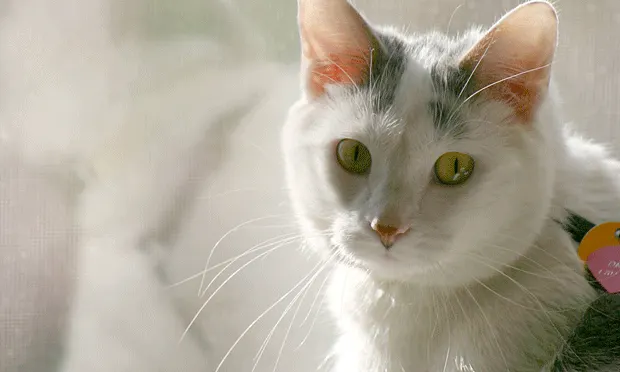Effect of SC Closure on Surgical Incision Complications in Cats
Ameet Singh, DVM, DVSc, DACVS (Small Animal), University of Guelph

In the Literature
Lopez DJ, Hayes GM, Fefer G, et al. Effect of subcutaneous closure technique on incisional complications and postoperative pain in cats undergoing midline celiotomy: a randomized, blinded, controlled trial. Vet Surg. 2020;49(2):321-328.
The Research …
Ventral midline celiotomy is common in veterinary practice. Potential complications related to the celiotomy incision include seroma formation, excessive inflammation, and surgical site infection (SSI). Although complications are uncommon, they can have devastating consequences and may require prolonged antimicrobial treatment and/or revision surgery. Clinicians should be aware of any precautions to limit incision complication potential and obey Halsted’s principles.
Seroma formation has been associated with SSIs in humans.1 The use of a quilting pattern for SC closure (ie, tacking SC tissue to the rectus fascia every third pass) has been shown to reduce the risk for seroma formation in humans and dogs, as this technique reduces the potential dead space that forms following the ventral midline surgical approach.2,3
This single-center, randomized, blinded, controlled trial was conducted in cats undergoing ventral midline celiotomy to compare the effects of SC closure on seroma formation, postoperative pain severity, SSI incidence, incisional dehiscence, and closure time.
The researchers found that a quilting pattern reduced the incidence of seroma formation in cats undergoing ventral midline celiotomy by ≈50%, with minimal increase in surgical time. The quilting pattern was compared with a simple continuous closure pattern of SC tissue, in which no bites of the rectus fascia were taken, and compared with no closure of SC tissue (ie, an intradermal suture pattern was applied following linea alba closure). Both methods of SC closure reduced postoperative pain as compared with no SC closure; however, there was no significant difference between simple continuous appositional closure and a quilting suture pattern. There was no difference in the incidence of SSIs or incisional dehiscence between treatment groups.
… The Takeaways
Key pearls to put into practice:
A quilting suture pattern can be considered after ventral midline celiotomy in cats to reduce seroma formation and postoperative pain.
Pet owners should be aware of potential postoperative wound complications, as early diagnosis and treatment is critical.
A quilting suture pattern should not be a substitute for strict aseptic technique or the remaining Halsted’s principles.
You are reading 2-Minute Takeaways, a research summary resource presented by Clinician’s Brief. Clinician’s Brief does not conduct primary research.